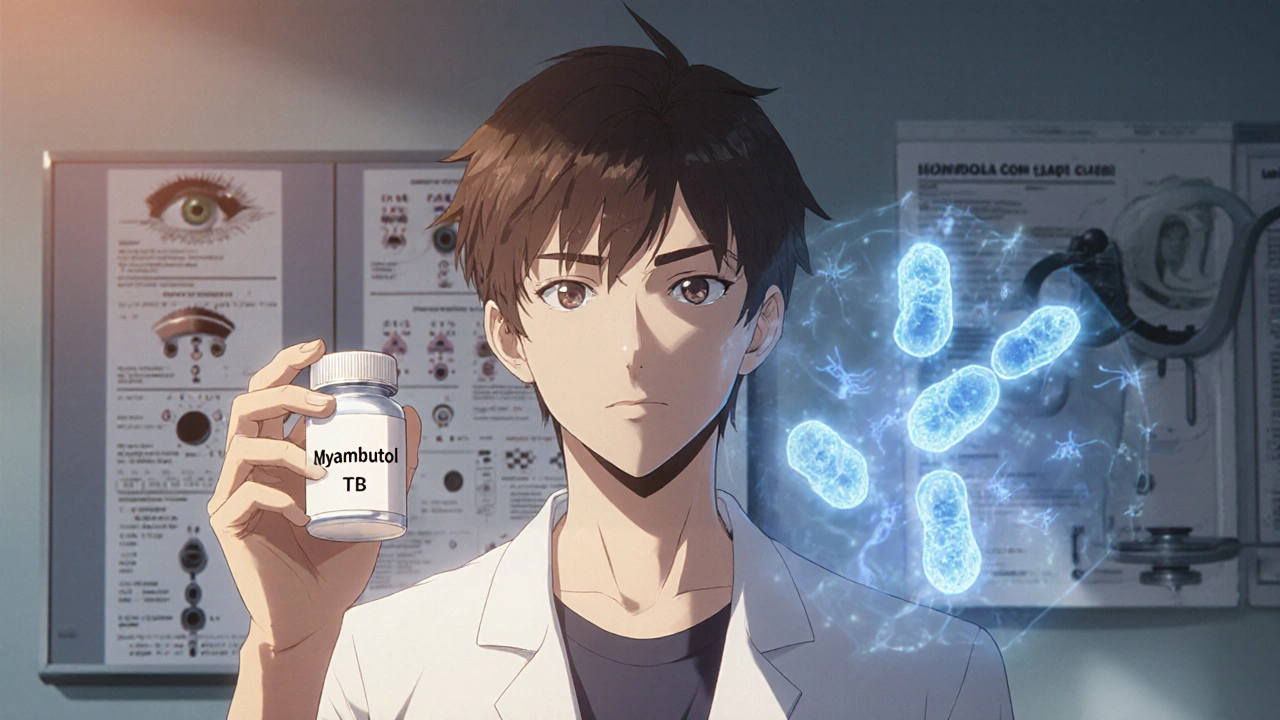
Compare Myambutol (ethambutol) with other tuberculosis drugs like levofloxacin, linezolid, and first-line alternatives. Learn when to use each, side effects, costs, and real-world treatment choices.
When you hear tuberculosis treatment, the medical approach to curing Mycobacterium tuberculosis infection using targeted antibiotics over months. Also known as TB therapy, it's not a quick fix—it's a long, strict process that can save your life if done right. Unlike a simple infection you can treat with a few days of pills, TB demands weeks, sometimes years, of careful drug use. Missing doses or stopping early doesn’t just make you feel better—it lets the bacteria come back stronger, turning a treatable illness into a dangerous, hard-to-kill version called multidrug-resistant TB.
This is why TB drugs, a specific set of antibiotics designed to kill the slow-growing TB bacteria. Also known as anti-TB medications, it isn’t like popping amoxicillin for a sore throat. The standard first-line treatment includes isoniazid, rifampin, pyrazinamide, and ethambutol—taken together for at least six months. These drugs work in different ways to crush the bacteria before it adapts. But they don’t come without cost. Liver damage, nerve problems, nausea, and even vision changes are real risks. That’s why regular check-ins with your doctor aren’t optional—they’re life-saving.
Then there’s multidrug-resistant TB, a form of tuberculosis that doesn’t respond to at least two of the most powerful first-line drugs. Also known as MDR-TB, it is growing fast in places with poor access to care or where treatment is interrupted. Treating MDR-TB means switching to second-line drugs—more toxic, more expensive, and often taken for 9 to 20 months. Some patients need injections for months, and side effects can be brutal: hearing loss, kidney strain, depression. Yet, without this harsh approach, the infection spreads and kills.
What’s missing from most discussions is how personal this fight is. It’s not just about pills—it’s about daily routines, food access, mental health, and support systems. If you’re taking TB treatment, you’re not just fighting bacteria—you’re fighting fatigue, stigma, and the urge to quit when you start feeling fine. That’s why so many posts here focus on the real-life side effects, how to manage them, and what happens when treatment doesn’t go as planned. You’ll find guides on drug interactions, how to stick to a long-term schedule, and what to do when standard meds fail. No theory. No guesswork. Just what people actually experience—and what works when the stakes are high.
What follows isn’t a list of medical jargon. It’s a collection of honest, practical stories and facts from people who’ve been through it—whether they’re managing TB drugs, dealing with side effects, or navigating treatment when resources are limited. You’ll see how one missed dose can change everything. How a simple blood test can catch liver damage before it’s too late. And how the right support turns a grueling process into something survivable.

Compare Myambutol (ethambutol) with other tuberculosis drugs like levofloxacin, linezolid, and first-line alternatives. Learn when to use each, side effects, costs, and real-world treatment choices.